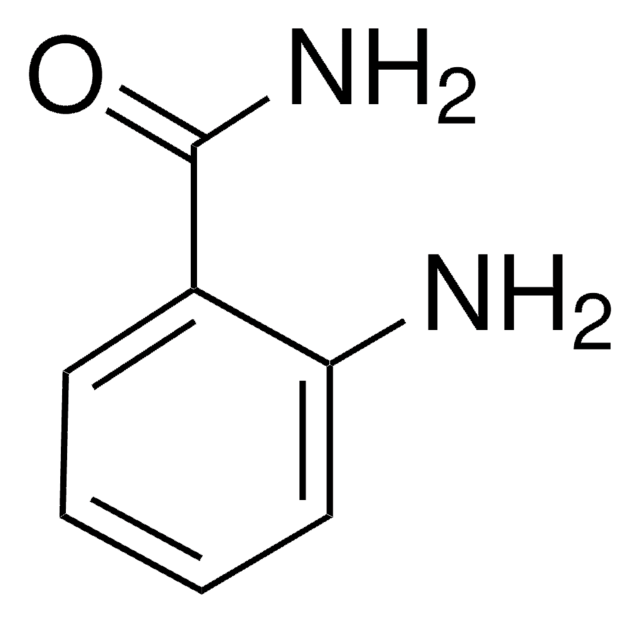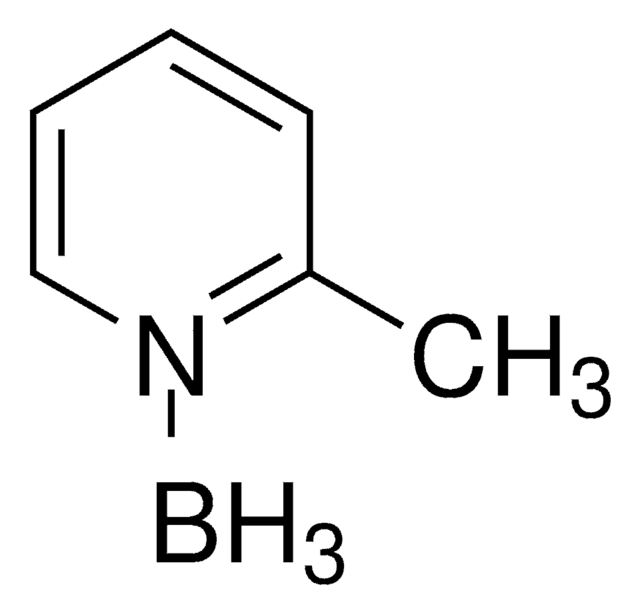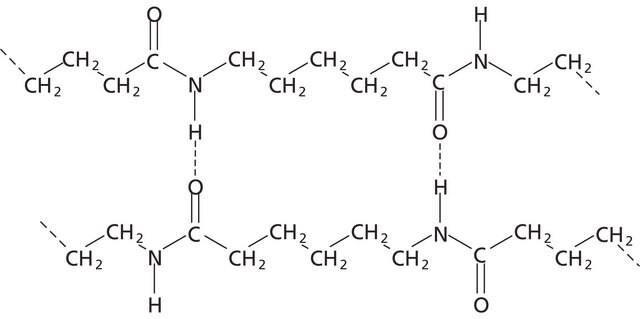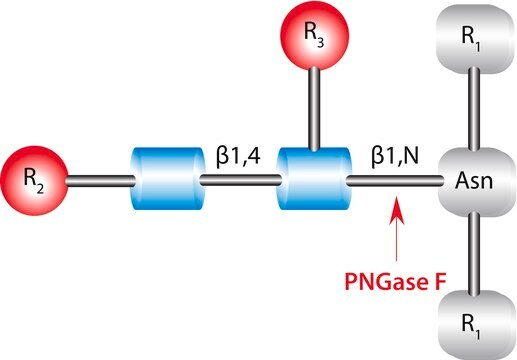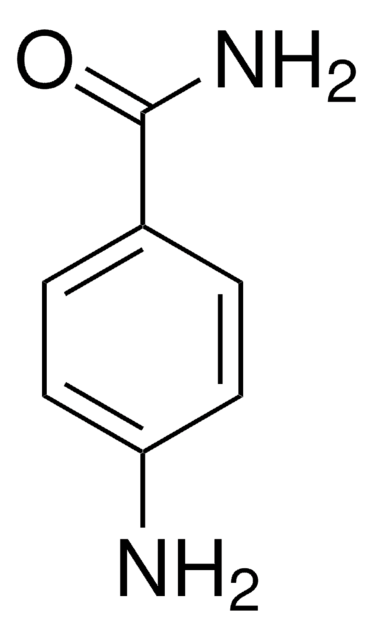Recommended Products
Quality Level
Related Categories
General description
Application
Legal Information
Kit Components Only
- 2-AB Labeling Reagent 2 x 5
- Dimethyl sulfoxide (DMSO) 2 x 350
- Acetic acid, glacial 2 x 200
- Reductant (sodium cyanoborohydride) 2 x 6
Signal Word
Danger
Hazard Statements
Precautionary Statements
Hazard Classifications
Acute Tox. 2 Dermal - Acute Tox. 2 Inhalation - Acute Tox. 2 Oral - Aquatic Acute 1 - Aquatic Chronic 1 - Eye Dam. 1 - Flam. Sol. 1 - Skin Corr. 1A - Water-react 1
Supplementary Hazards
Storage Class Code
4.3 - Hazardous materials, which set free flammable gases upon contact with water
WGK
WGK 3
Regulatory Listings
Regulatory Listings are mainly provided for chemical products. Only limited information can be provided here for non-chemical products. No entry means none of the components are listed. It is the user’s obligation to ensure the safe and legal use of the product.
EU REACH Annex XVII (Restriction List)
Certificates of Analysis (COA)
Search for Certificates of Analysis (COA) by entering the products Lot/Batch Number. Lot and Batch Numbers can be found on a product’s label following the words ‘Lot’ or ‘Batch’.
Already Own This Product?
Find documentation for the products that you have recently purchased in the Document Library.
Customers Also Viewed
Articles
Glycoprofile Labeling Kits for Glycan Analysis designed for efficient labeling of N-linked, O-linked and glycosylphosphatidylinositol (GPI) anchored glycans using your choice of 2-aminobenzamide (2-AB) or 2-aminobenzoic acid (anthranilic acid; 2-AA) 1,2
Structural modifications of proteins are essential to living cells. When aberrantly regulated they are often the basis of disease. Glycans are responsible for much of the structural variation in biologic systems, and their representation on cell surfaces is commonly called the “glycome.”
Our team of scientists has experience in all areas of research including Life Science, Material Science, Chemical Synthesis, Chromatography, Analytical and many others.
Contact Technical Service